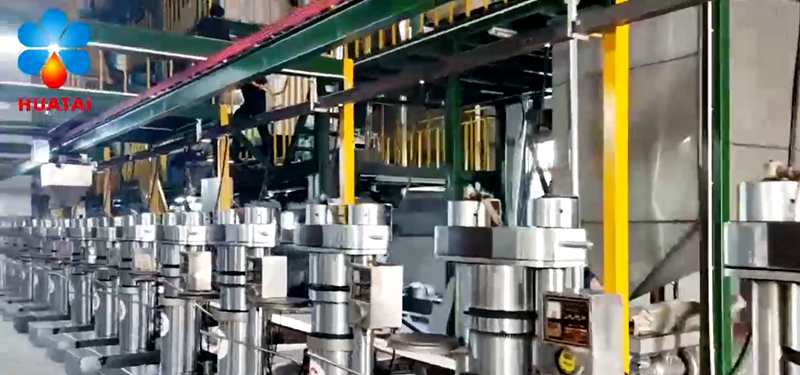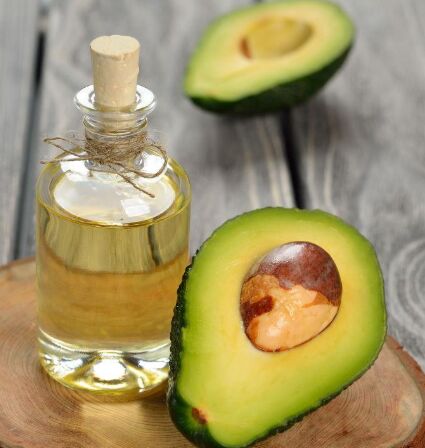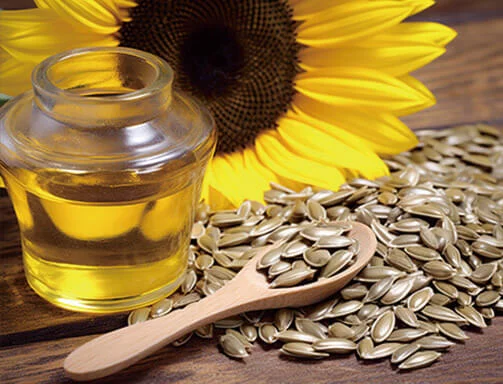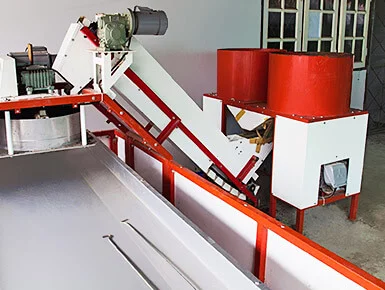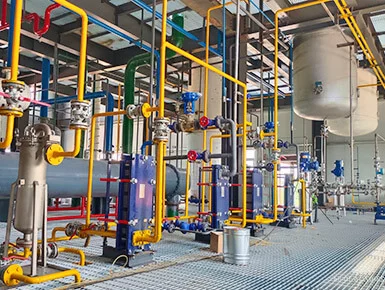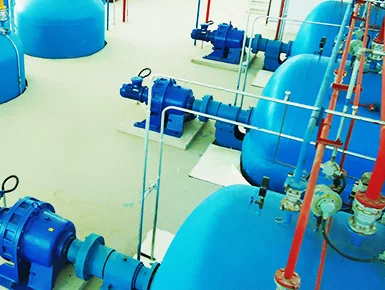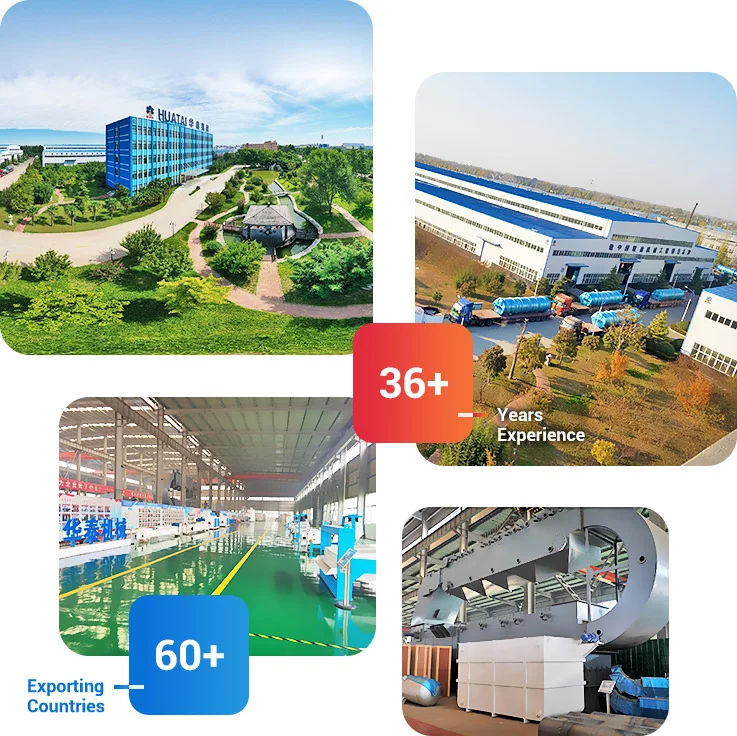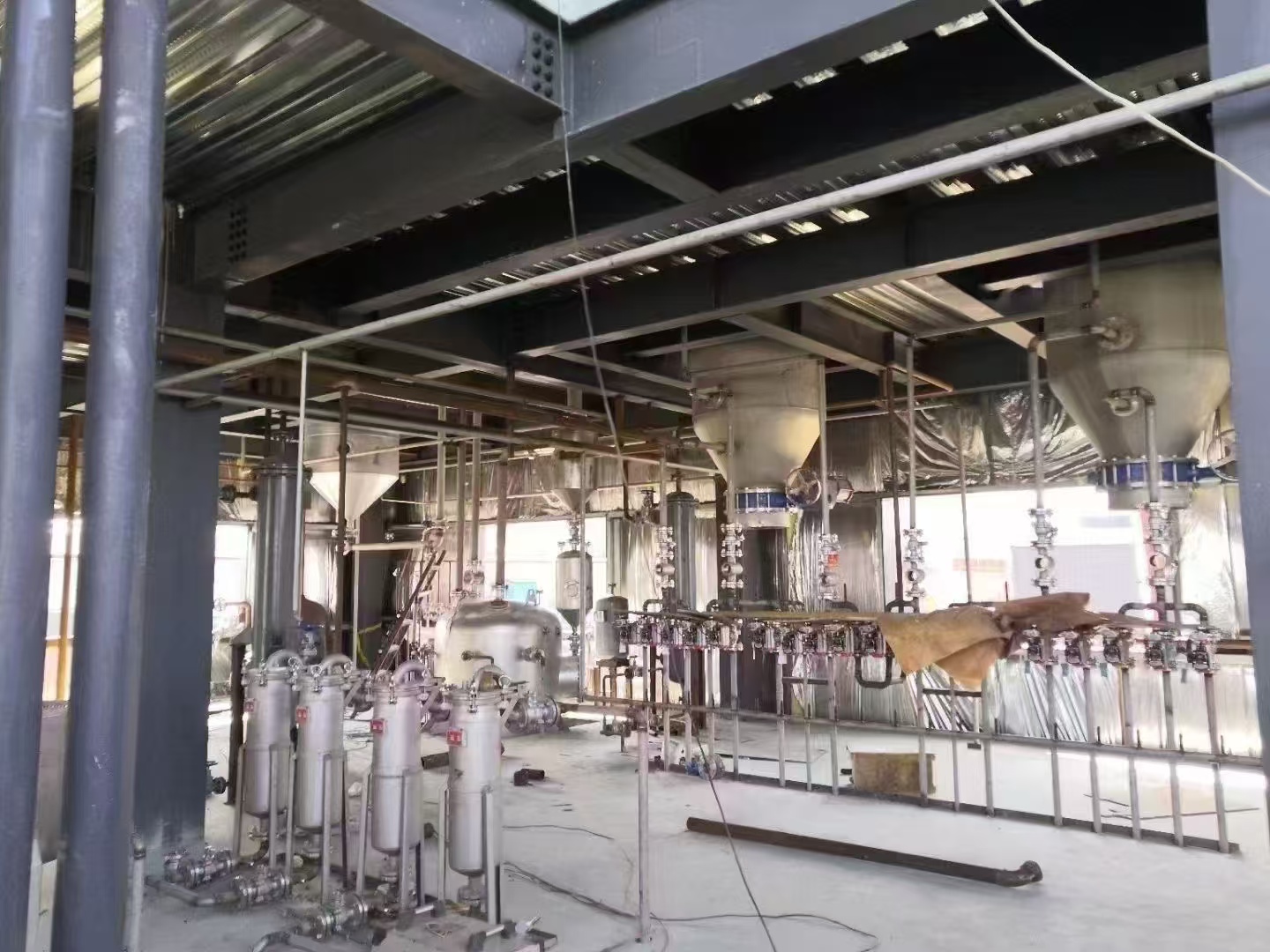
Factors Affecting Edible Oil Refining
The core factors affecting edible oil refining are raw material quality, process parameters, equipment precision, and operational control. These ultimately determine the purity, stability, flavor, and safety indicators (such as acid value, peroxide value, and contaminant residue) of the oil. Specific key factors are as follows:
The initial state of the oil raw materialsCrude Oil Quality: The acid value, peroxide value, and impurity content of crude oil directly affect the difficulty of refining. A high acid value (high free fatty acid content) requires more alkali for neutralization; a high peroxide value (severe oxidation) leads to poor flavor and short shelf life after refining; excessive impurities (mud, cake residue, and gelatinous substances) increase the filtration load and may even contaminate subsequent processes.
Raw Material Type: Different oils have different characteristics, requiring appropriate refining processes. For example, rice bran oil contains high levels of wax, requiring enhanced dewaxing; palm oil has a high saturated fatty acid content and a high crystallization temperature, requiring precise temperature control during fractionation and refining; rapeseed oil contains harmful substances such as glucosinolates, requiring additional detoxification steps.
Storage conditions: High temperature, humidity, and exposure to air during storage of crude oil will accelerate oxidation and rancidity, increasing the difficulty of refining. It should be stored in a low-temperature, sealed, and light-proof environment, and the storage time should not be too long.

1-20tpd edible oil refinery plant
Batch type edible oil refinery plant usually refers to 1-20tpd edible oil refinery plant, with lower cost, and easy to operation. Henan Huatai Group is leading manufacturer and exporter of edible oil refinery plants in the China. All the batch type edible oil refinery plants are designed and supplied by us, have factory price and mature refining technology.
Batch type
edible oil refinery plant is the most widely used in different kinds of small scale edible oil refinery factory. Such as soybean oil refinery plant, sunflower oil refinery plant, even palm oil refinery plant. Every year, there are lots of customers coming to buy the batch type edible oil refinery plant. Our engineers can design for you according to your demands. It can be designed into 1-20 tons per day, or up to 30 tons per day.
Batch type edible oil refinery plant uses chemical refining method, including degumming, neutralization, bleaching and deodorization process. But some oil need dewaxing or fractionation process, like sunflower oil, rice bran oil, palm oil. Generally speaking, edible oil refining is a process to remove unwanted and undesirable substances from the crude oil, including the Free Fatty Acid, Phospholipids, Gums, Odor, Pigments, Wax etc. It can make the vegetable oil clean and pure and improves the product oil quality.
Degumming and Neutralization Process
The crude oil is pumped to Neutralizer from oil mill or storage tank. Firstly, it is treated with weak solution of phosphoric acid or other suitable degumming agent for removing gum. And then, remove the Free Fatty Acids (FFA) by adding caustic soda. Thirdly, oil is heated up to about 60°C by heating coils and oil is stirred by the stirrer.
The chemical reaction between free fatty acid and caustic soda forms the soap stock. The soap stock can be separated from oil, and be used for making soap.
Bleaching Process
In the bleaching process, some pigments in the oil will be removed. Neutralized oil is heated in the bleacher vessel to remove excess moisture. And after it is treated with a measured quantity of bleaching earth and activated carbon. Next, oil passes through a filter to separate bleach earth and bleached oil. Oil obtained after bleaching process is light in color and has good golden type appearance.
Deodorization Process
The
deodorization process removes odor from the oil to improve the quality and self-life of the oil. The clean bleached oil is heated in the deodorizer to remove all the bad smells, such as phenols, ketones, tocopherols, aldehydes etc. The oil is heated in the deodorizer above 110°C through thermic fluid coils and then live steam is given to the oil from the bottom steam nozzles and temperature of oil is raised up to 200 to 220°C through thermic fluid coils. Entire process is done under high vacuum.
Our custom solutions come from a deep understanding of your needs, and we have the capability to complete each project from the design of the initial concept to manufacturing, installation, commissioning and delivery.
![]() Service Coverage
Service Coverage
![]() FAQ
FAQ



